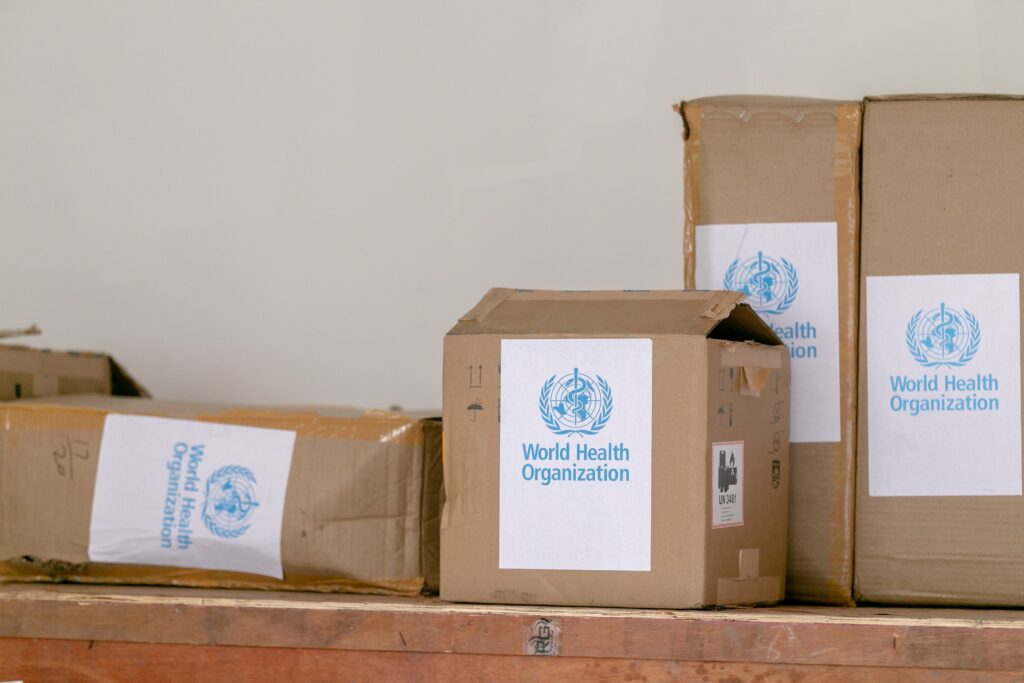
Introduction:
Achieving universal health care (UHC) is a World Health Organisation (WHO) strategic priority, with the goal of 1 billion more people benefitting from universal health coverage by 2025. This publication on health and care workforce planning provides a rationale for the related actions of the Working for Health progression model.
The Need for Planning and Financing:
Planning and financing are integral to the efficient and cost-effective development of health and care workforce policies. Their importance is particularly evident in low- and middle-income countries (LMICs), where technical and institutional capacity to support planning and financing is often inadequate. In such strained economic environments, building this capacity is a priority.
The Working for Health Model:
The Working for Health progression model offers a pathway for countries facing critical workforce challenges to progressively optimise, build, and strengthen their workforce. The model focuses on three key themes: planning and financing, education and employment, and protection and performance.
The Current Context:
The COVID-19 pandemic has highlighted the need for effective planning and strategic financing in the health and care workforce. LMICs face challenges such as building labour market demand for health and care workers, mobilising sufficient and sustainable revenue, and attracting and retaining workers within the health system.
Policy Landscape:
The WHO Global Strategy presents a range of policy options to advance the health and care workforce agenda. These options emphasise the need to strengthen the integration and synergy of health workforce policy with broader development strategies.
Challenges:
The COVID-19 pandemic has had a devastating impact on economies worldwide. Financial resources allocated to health and care workforce are constrained by the economic crises facing many countries. In addition, many countries lack the technical and institutional capacity to translate evidence-based information into policy development and implementation.
Future Directions:
The challenges faced by the health and care workforce require strategic planning and financing. Investment in the health and care workforce is critical in emergency and disaster risk management, building the resilience of the health system to shocks and surges in demand.
Conclusion:
The health and care workforce is a vital component of the healthcare ecosystem. As such, it is essential to invest in strategic planning and financing to ensure its growth and sustainability. By doing so, we can ensure a resilient health system capable of meeting the needs of populations worldwide.
